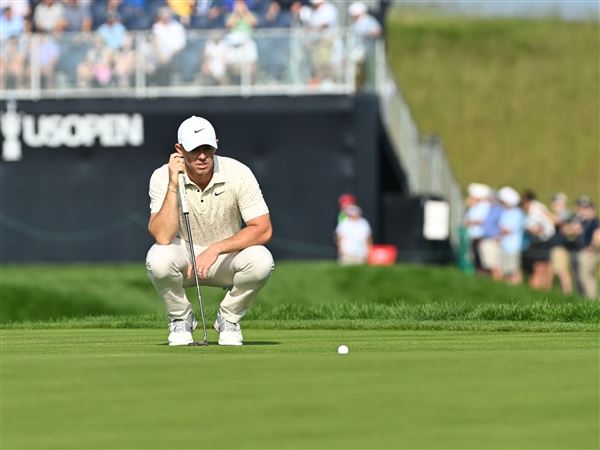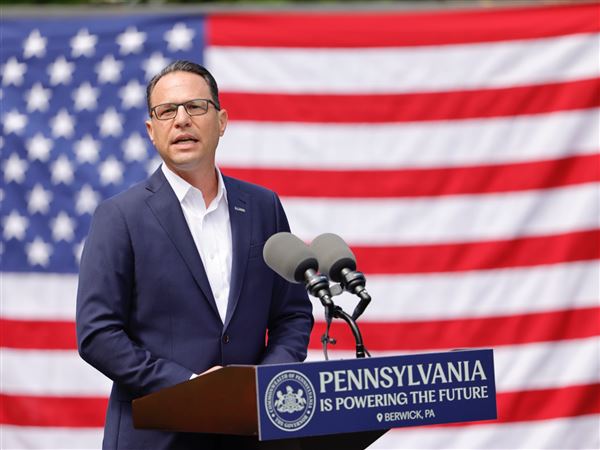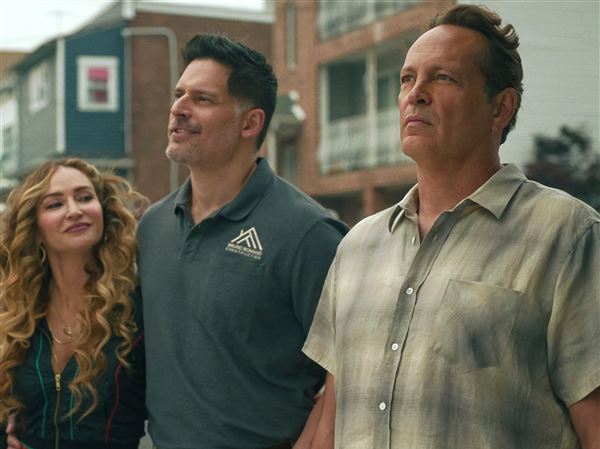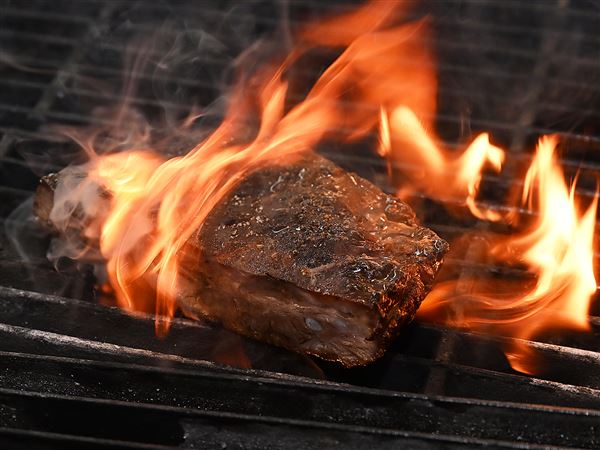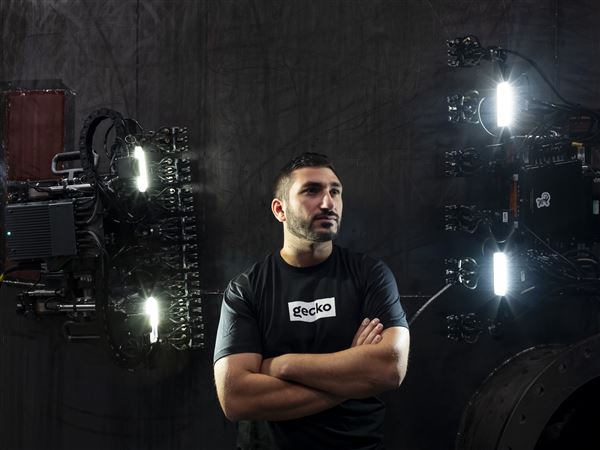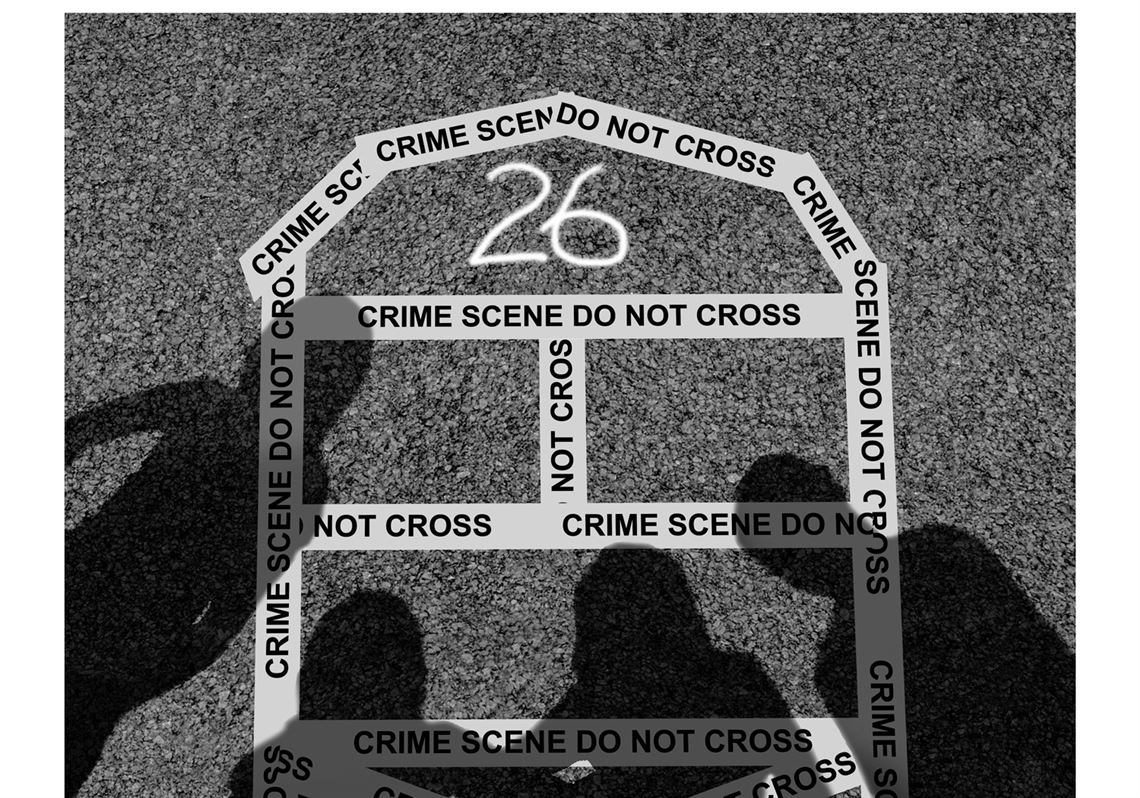In 1995, an epidemiologist named Gary Slutkin returned to the United States from Africa where he had spent the previous decade helping Africans stem the spread of diseases like tuberculosis, AIDS and cholera. “I was exhausted,” he said in a TED Talk this year. “I wanted to come home and take a break.”
Once back in Chicago, however, friends kept telling him about the epidemic of violence in inner-city neighborhoods. As he began to study the problem he came to the view that gun violence in poor neighborhoods did indeed resemble the epidemics he had treated in Africa. Maps that charted gun violence showed clustering — just like maps tracking infectious diseases. The greatest predictor of violence was a prior violent incident, which also mirrors epidemics.
In 2000, he founded CeaseFire (now known as Cure Violence), a Chicago-based organization that treated violence in one such local cluster — in West Garfield, one of the toughest neighborhoods in the city — as a public health problem rather than a criminal justice issue. Shootings dropped dramatically.
Mr. Slutkin’s idea has since been replicated in communities across the country, including Crown Heights in Brooklyn, where a program called Save Our Streets, or S.O.S. — an outgrowth of the Crown Heights Community Mediation Center — has been up and running since 2010. I spent a recent afternoon there, to see what a public health approach to gun violence looked like.
The center’s director, Amy Ellenbogen, had decided several years earlier to begin focusing on gun violence in the African-American community. It took her three years to get financing — it came from the stimulus — at which point she began to investigate potential models for reducing shootings. When she saw what Mr. Slutkin was doing, she got excited: “This made so much sense to us,” she says.
Just as with epidemics, the key is intervention. The first step in combating an epidemic is to find the disease carriers. Save Our Streets hired what it called “outreach” staff — who had once been prone to gun violence themselves — whose job it was to identify the people in the community most likely to commit gun violence. Then they developed a relationship with them, with the goal of dissuading them from using a gun.
A second group of staff members are called “violence interrupters.” They try to mediate when something happens that could cause someone in the neighborhood to shoot someone else. Finally, an S.O.S. staffer has the task of going to the hospital whenever a shooting takes place. His role is to convince both the person who has been shot and his family and friends not to exact revenge with a gun.
When I expressed some mild skepticism that gang members would listen to this kind of counseling, one of the outreach workers quickly replied: “We have influence because we have lived that life.”
There is a second reason the interventions work. “If you are a gang member, your No. 1 fear is getting shot,” says Daniel Webster, co-director of the Johns Hopkins Center for Gun Policy and Research. Mr. Webster has studied the public health approach in Baltimore. His belief is that programs like S.O.S. are effective because gang members are often looking for reasons not to resort to gun violence. “If you ask gang members to take a vote on whether someone who disrespects someone should be shot, the vast majority would answer no,” Mr. Webster said. “But they feel powerless to stop the behavior by themselves.” In Crown Heights, S.O.S. gives them the out they are looking for.
In 2010, the first full year Save Our Streets was in business, the number of shootings in the 40-block area where the program was focused dropped from 28 to 13. An evaluation conducted by the Center for Court Innovation concluded that “the results demonstrate that the initiative had a statistically significant impact on gun violence.”
Jens Ludwig, an economist at the University of Chicago, said it is difficult to scientifically measure the success of programs like these, but his own experiments have convinced him that interventions can work. He did a controlled study in which one large group of middle and high school students went to a class each week that talked about changing behaviors. Another group didn’t. Although the students who took the class only went, on average, 13 times, they were 44 percent less likely to be arrested.
I’ve long believed that even without legislation, gun violence could be substantially reduced if we could change the behavioral norms. If parents started asking other parents, for instance, if they had a gun in the house — and it was locked away — before allowing a play date. Gary Slutkin and groups like S.O.S., are showing that the same is true in some of the toughest neighborhoods in the United States. As Ms. Ellenbogen put it to me: “Violence is a learned behavior. It can be unlearned.”
Joe Nocera is a columnist for The New York Times.
First Published: November 14, 2013, 5:00 a.m.
